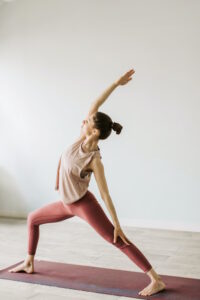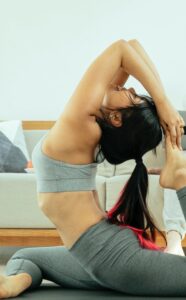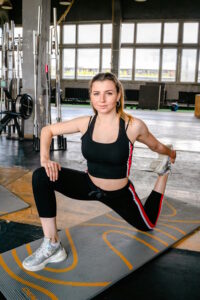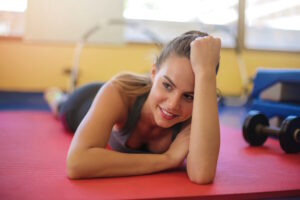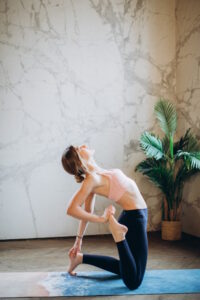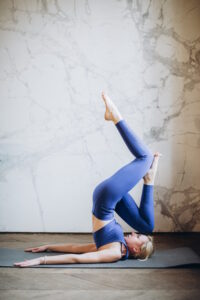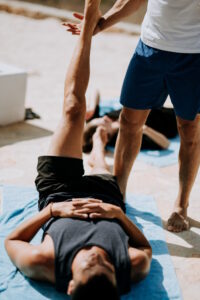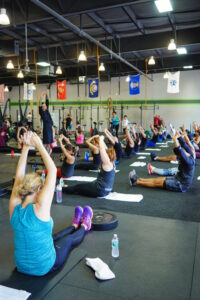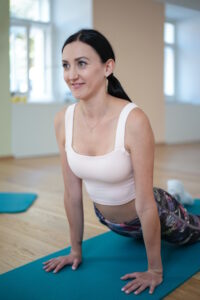
In the realm of fitness, myths and misconceptions often abound, and the world of Pilates is no exception. As a passionate advocate for Pilates and its transformative effects on flexibility, I’m excited to debunk common myths and set the record straight. Let’s unravel the truth about Pilates for flexibility, exploring its scientific foundation, comparisons with yoga, its origins, and insights from medical professionals.
Does Pilates help with flexibility?
Absolutely, Pilates is a powerful tool for improving flexibility. This myth often arises from misconceptions about the nature of Pilates exercises. In reality, Pilates incorporates a variety of dynamic stretches that elongate muscles while maintaining stability. This controlled approach promotes functional flexibility that supports daily activities and movement efficiency.
What is the scientific evidence for Pilates?
Scientific evidence supports the benefits of Pilates for flexibility and overall well-being. Numerous studies have explored the impact of Pilates on various aspects of physical fitness, including flexibility. A review published in the Journal of Bodywork and Movement Therapies concluded that Pilates training has a positive effect on flexibility, especially in the lower back and hamstrings.
Additionally, research has shown that Pilates enhances core strength and muscular endurance, which are essential components of flexibility. These studies collectively provide empirical support for the efficacy of Pilates as a flexibility-enhancing practice.
Is Pilates better than yoga for flexibility?
Both Pilates and yoga are valuable practices that offer unique benefits, and the comparison often depends on individual preferences and goals. Pilates emphasizes controlled movement and muscle engagement, making it particularly effective for functional flexibility. Yoga, on the other hand, often incorporates passive and dynamic stretches that target flexibility in different ways.
Pilates can be more focused on targeted muscle engagement, making it a beneficial choice for those seeking to improve flexibility with a strong emphasis on alignment and core strength. However, the “better” choice depends on what aligns with your personal preferences and fitness goals.
Is Pilates copied from yoga?
No, Pilates is not copied from yoga. Although both practices share similarities in promoting mind-body connection and flexibility, they have distinct origins, philosophies, and methods. Joseph Pilates, the creator of the Pilates method, developed his approach in the early 20th century with influences from various movement disciplines, including gymnastics and martial arts.
Yoga, on the other hand, is an ancient practice rooted in spirituality and originated in India thousands of years ago. While there may be some overlap in certain principles, Pilates and yoga are separate practices with unique methodologies.
What do doctors say about Pilates?
Medical professionals often recognize the benefits of Pilates for flexibility and overall health. Many doctors recommend Pilates as a safe and effective way to improve posture, strengthen the core, and enhance flexibility. Physicians and physical therapists often incorporate Pilates exercises into rehabilitation programs due to its low-impact nature and focus on controlled movement.
Moreover, the American Council on Exercise (ACE) acknowledges the potential of Pilates for improving flexibility, citing its emphasis on proper alignment and muscle engagement. This recognition from medical and fitness experts underscores the credibility of Pilates as a valuable practice for enhancing flexibility and overall well-being.
Summing it Up
Dispelling myths and misconceptions about Pilates for flexibility is essential for understanding its true benefits. Scientific evidence supports the positive impact of Pilates on flexibility and overall physical fitness. While Pilates and yoga share some similarities, they are distinct practices with unique origins and methodologies. Medical professionals often endorse Pilates for its effectiveness and safety in improving flexibility and posture. By separating fact from fiction, we can fully appreciate the transformative potential of Pilates in cultivating functional flexibility and holistic well-being.
